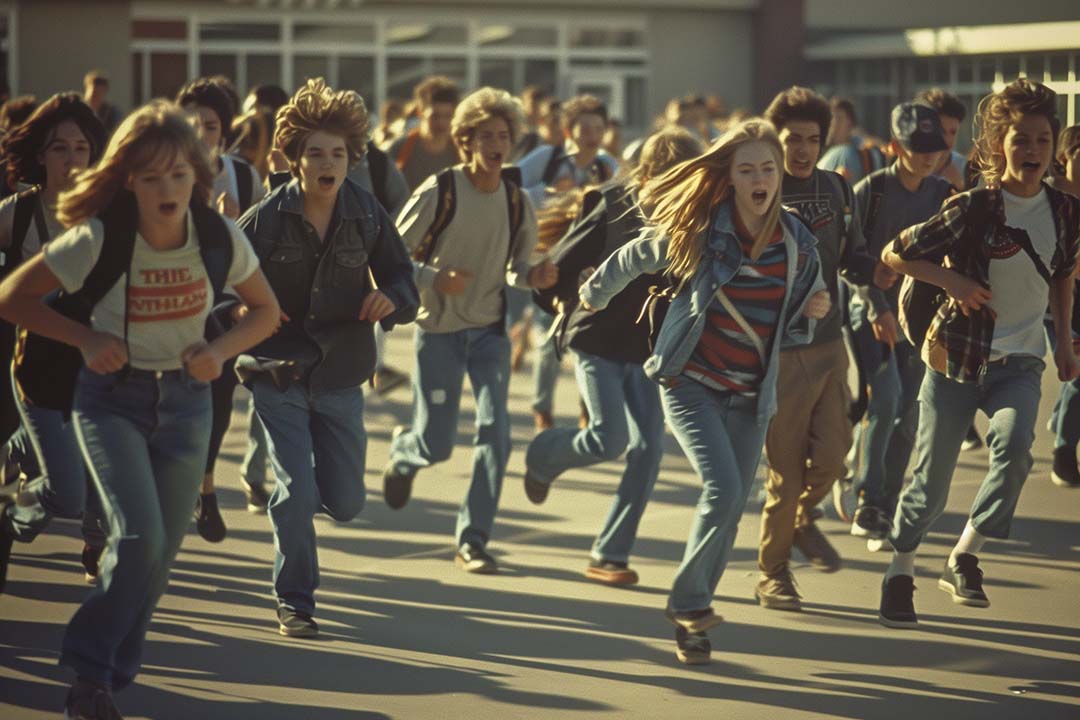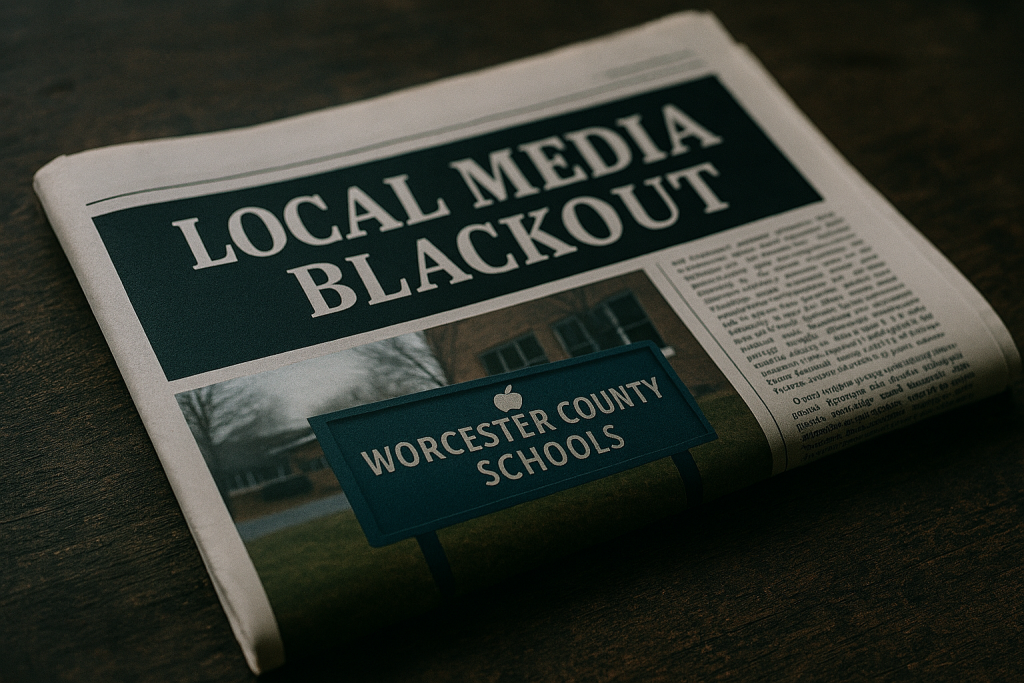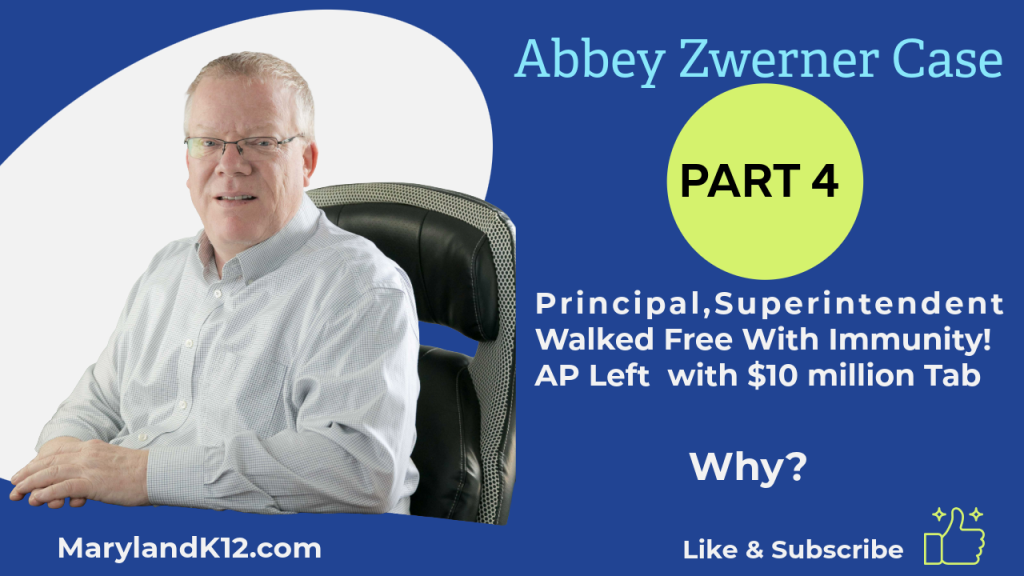

What is the Biggest Problem in Education?
Many people wonder about what the biggest problem in our education system is. While student behavior and teacher dedication are often mentioned, there’s a crucial issue hiding in the background – it’s about how we manage our school staff.
In the past, school districts used to hire teachers from a central office, like the math office or the English office. These people would carefully pick where each teacher would fit best. Consider it like how police officers or firefighters get assigned to different areas by supervisors. This helped maintain a smooth flow of things and put individuals where leaders believed their strengths could be best utilized. These decisions were made by leaders and supervisors. The way we manage school staff is quite different.
Now it’s a bit like how professional sports work. Teachers are treated more like freelancers than employees of a central system. When a teacher decides it is time to move to another school, or doesn’t like the school he or she is currently assigned, they directly talk to the school principal. This creates a competition among principals to get the best teachers for their schools.
Here’s where things get interesting. The really great schools prefer experienced teachers, and that leaves other schools with teachers who might not be as skilled. When a job opens up in a successful school, teachers from the not-so-successful schools try to move up. This causes a shift, leaving those less successful schools with even fewer experienced teachers.
This trickling effect leads to a big problem. Schools that already struggle with issues like student behavior and lower test scores end up having even more challenges. The more desirable schools, on the other hand, get a lot of choices when they need new teachers.
This hiring process has also changed for new teachers. Instead of just being told where they’ll teach, they now have more say. They can entertain offers from different schools and then decide where they want to go. This shift gives teachers more power to choose where they work.
Think of it like school bus drivers. Schools that have better-behaved students and a more organized environment have fewer problems with finding drivers. It’s kind of the same with teachers – schools that run smoothly find it easier to get good teachers.
In a nutshell, while issues like student behavior and teacher commitment are important, they often link back to how we manage our school staff. This shift from central decisions to teachers having more control impacts where educators end up teaching. This shift is worth understanding because it shapes the quality of education and opportunities for students.
As we think about improving education, remember that managing staffing plays a big role in the process. By addressing this challenge, we can help make sure that schools are better equipped to provide a great learning environment for all students.
Dig Deeper With Our Longreads
Newsletter Sign up to get our best longform features, investigations, and thought-provoking essays, in your inbox every Sunday.
The MEN was founded by John Huber in the fall of 2020. It was founded to provide a platform for expert opinion and commentary on current issues that directly or indirectly affect education. All opinions are valued and accepted providing they are expressed in a professional manner. The Maryland Education Network consists of Blogs, Videos, and other interaction among the K-12 community.








